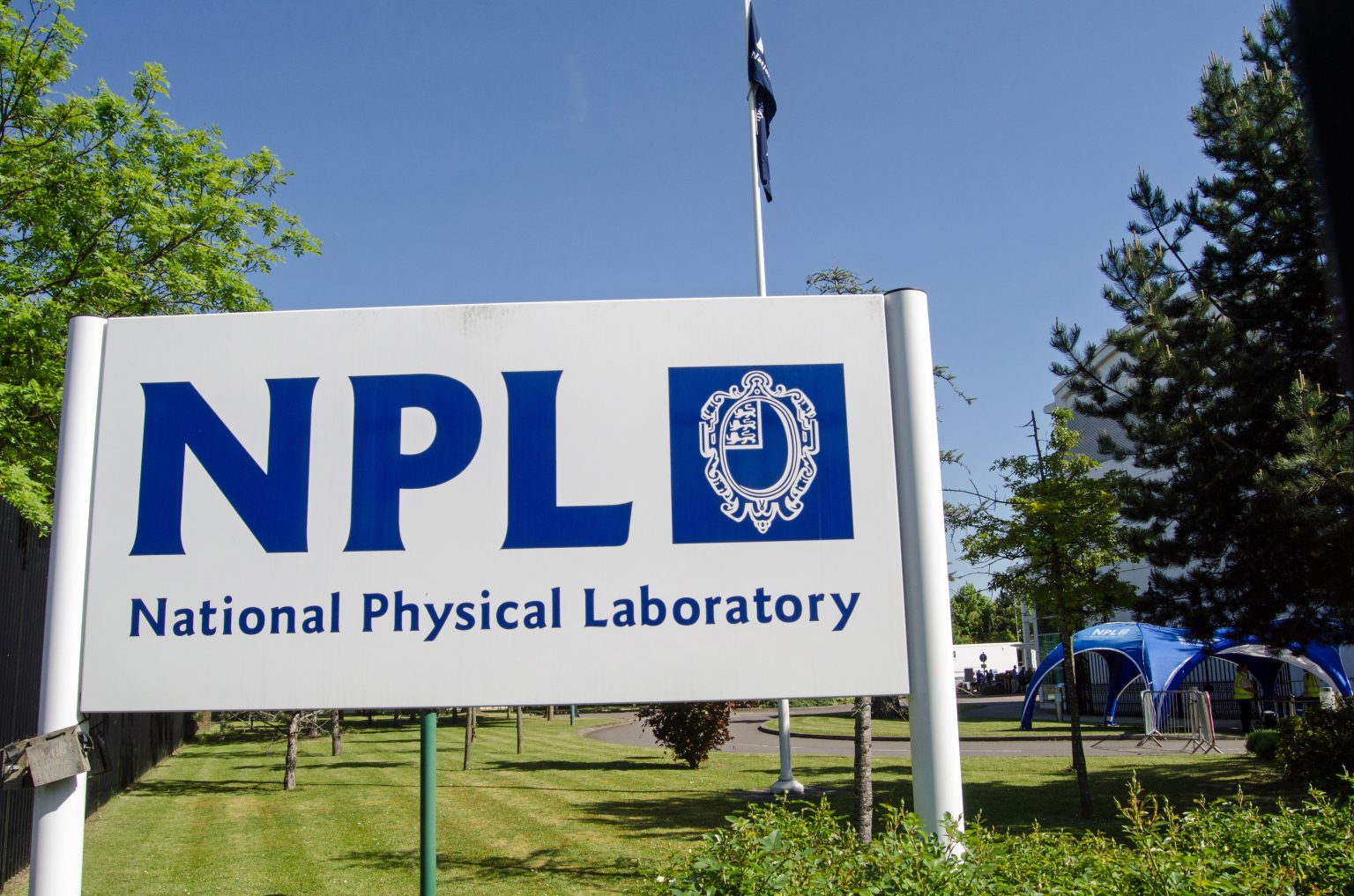The National Physical Laboratory (NPL) has inaugurated the first of three cutting-edge Innovation Nodes, designed to accelerate the development of time-critical technologies across the United Kingdom. These nodes, strategically located at the University of Strathclyde, the University of Surrey, and Cranfield University, will play a pivotal role in providing industry and start-ups with secure, reliable, and highly accurate time and frequency data. This infrastructure is essential for the advancement of sectors such as telecommunications, transport, financial technology (fintech), and quantum technologies.
The initiative is part of NPL’s National Timing Centre (NTC) programme, the UK’s first nationally distributed time infrastructure. The NTC aims to deliver robust, resilient, and precise time and frequency services, crucial for emerging technologies like 5G and 6G communications, next-generation automated factories, and connected autonomous vehicles. The establishment of these Innovation Nodes marks a significant milestone in the UK’s quest to lead in these transformative fields.
Dr Peter Thompson, CEO of NPL, alongside Professor Sir Jim McDonald, Principal and Vice Chancellor of the University of Strathclyde, officially launched the first node in Glasgow today. This event is part of a broader two-day programme showcasing NPL’s extensive capabilities in quantum and timing technologies, providing Scottish industry with a unique opportunity to tap into these resources. The programme underscores the long-standing collaboration between NPL and the University of Strathclyde, particularly in the areas of quantum science and precise timing.
The development of the Innovation Nodes was supported by a series of feasibility and demonstrator projects, funded by Innovate UK, the national innovation agency. A total of 26 projects were undertaken during this phase, each receiving technical consultancy and access to high-accuracy timing signals. These projects span a range of applications, from autonomous transport systems to innovative electricity grid performance measurement solutions, all reliant on resilient timing references.
One such project involved the redistribution of Positioning, Navigation, and Timing (PNT) data to air- and ground-based autonomous systems within a smart city infrastructure. This project demonstrated the necessary technologies for safe, reliable, and secure autonomous transport, a field that stands to benefit significantly from the precise timing capabilities offered by the NTC.
Dr Leon Lobo, Head of the National Timing Centre Programme, highlighted the critical importance of accurate time in modern infrastructure. “Time is an invisible utility that underpins our digital infrastructure, from synchronising the energy grid and telecom networks to timestamping financial trades,” he said. “The close collaboration with Strathclyde will offer industry and academia access to reference timing signals, stimulating the development of new products and services essential for resilient time in the future.”
Professor Paul Griffin of Strathclyde’s Department of Physics pointed out the limitations of existing timing systems, such as GPS, which can be vulnerable to jamming and spoofing. He emphasised the role of the NTC in providing a more robust timing solution for the UK, independent of GPS.
At the core of this effort is the eLoran system, an Enhanced Long Range Navigation transmitter based in Anthorn, Cumbria. This powerful system is resistant to jamming and will serve as a key component in the UK’s resilient timing infrastructure. Chronos Technology, a global provider of advanced timing and synchronisation solutions, will utilise Strathclyde’s atomic clocks to align the clocks at Anthorn to Coordinated Universal Time (UTC) within the NPL Time Over eLoran project. This alignment will be broadcast and received by Strathclyde’s Power Networks Demonstration Centre, ensuring the precision and reliability of the timing signals.
National Physical Laboratory remains open to further collaboration with industry and academia, offering access to the Innovation Nodes for the development of traceable and high-accuracy timing solutions. This initiative underscores the UK’s commitment to maintaining its leadership in time-critical technologies, a crucial element of the nation’s digital infrastructure and future economic growth.



